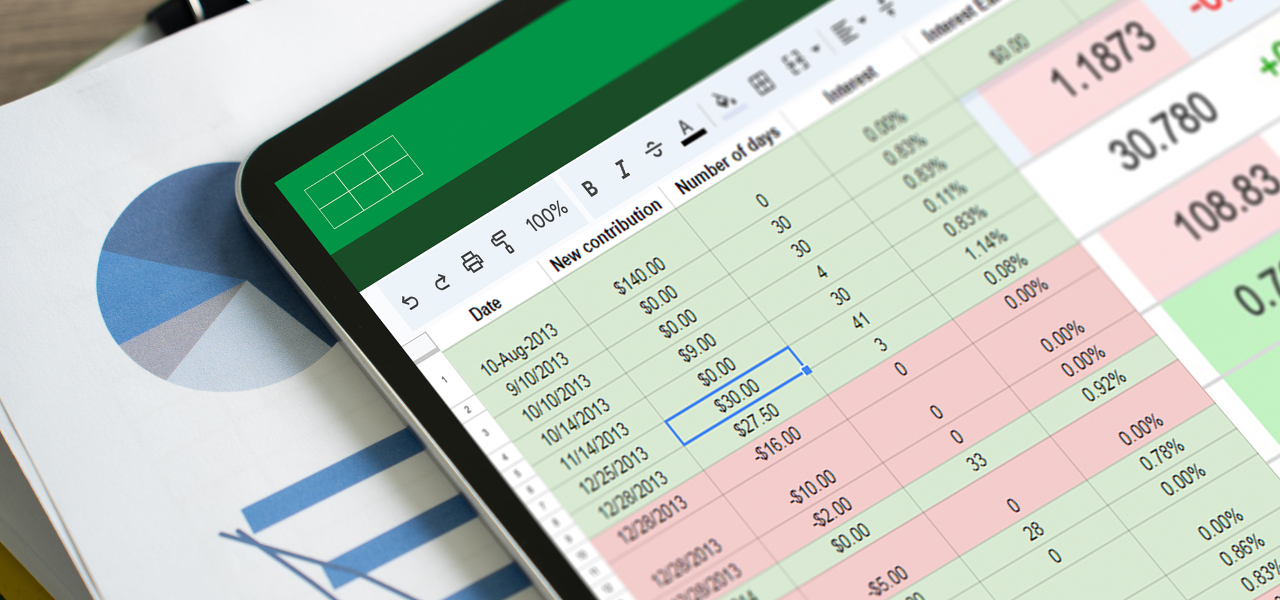The past eighteen months have turned the polite discussion about “data privacy” into a board‑level fire drill. Financial firms now spend an average USD 6.08 million cleaning up a single breach—22 percent above the cross‑industry mean. For family offices, the attack surface is widening even faster: 43 percent have been hit at least once in the last two years, and half of those were breached three or more times.
Why the spike? Three forces have converged:
- Multi‑tenant SaaS is harvesting portfolio data
One well‑known platform recently launched 20 private‑fund benchmarks built from the “aggregated, anonymized data” of 12,000 funds on its system. Another blog post from the same vendor openly describes its architecture as multi‑tenant—multiple clients, one code base, shared infrastructure. Aggregation may be legal, but it erases the competitive moat that proprietary deal flow once provided. - Regulators are tightening the screws
In the United States, the SEC’s 2024 amendments to Regulation S‑P require advisers to notify clients within 30 days of an incident and to document a full incident‑response program. In Europe, the AI Act (effective August 2024, with full force by 2026) classifies many financial‑analytics models as “high risk,” demanding rigorous data‑governance evidence from the firm that deploys them—not from a third‑party host. - Shadow data meets generative AI
One‑third of breaches now involve information that organizations did not even know they were storing. Feed that into a large language model and the leakage is both silent and irreversible.
Defining Real Data Ownership
What exactly does it mean to own my own data? Ownership is much more than just having a copy of the ledger. A family office truly owns its data when it can answer “yes” to all three questions:
-
Custody – Do we control the physical or cloud environment that stores the database?
-
Exclusivity – Can the software vendor access our investment or beneficiary data without our permission?
-
Portability – If we change administrators, can we take the full, relational dataset—without a six‑figure extraction fee—and stand it up elsewhere within days?
Most portfolio‑accounting SaaS vendors fail one or more of these tests because multi‑tenant economics depend on shared back ends and aggregated analytics.
The Single‑Tenant Alternative
FundCount takes a different path. Each client runs its own encrypted database, deployed on the family’s private cloud tenancy or on‑prem hardware. FundCount staff have no keys, no credentials, and no programmatic back‑door to the books and records—a design choice that looks quaint until an AI‑training clause shows up in a competitor’s terms of service.









